-
Faulkes Telescope Project Privacy Policy
Discovering the scientists of the future
Here at the Faulkes Telescope Project, one of our main goals has always been to engage teachers and students in research-based science education. We strive to achieve this by providing free remote access to robotic telescopes and a fully supported education programme.
Working alongside dedicated teachers over the course of 15 years, we have managed to “bring the universe into classrooms”. Most recently, a group of 9 students from the small city of Alcarràs, Catalonia has been reaping the benefits of this programme by learning how to operate the telescopes of the LCO network.
Guided by José Manuel Pérez, the group of students aged between 12 and 16 have learned in detail how a professional telescope works as well as using dedicated software to process the images they have obtained via the Real Time Interface.
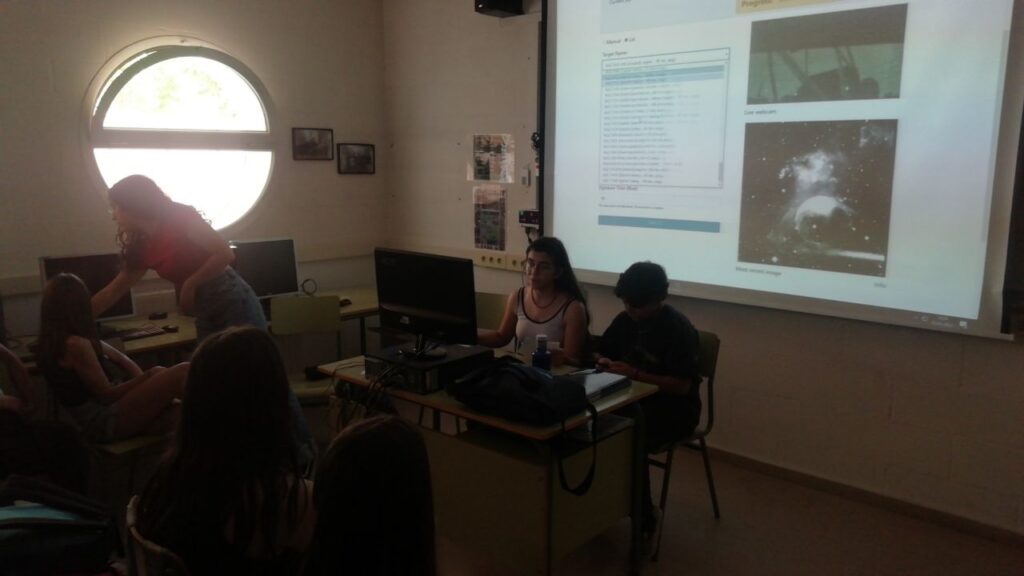
Ares and Aiden working with the 2.0m telescope from Haleakala
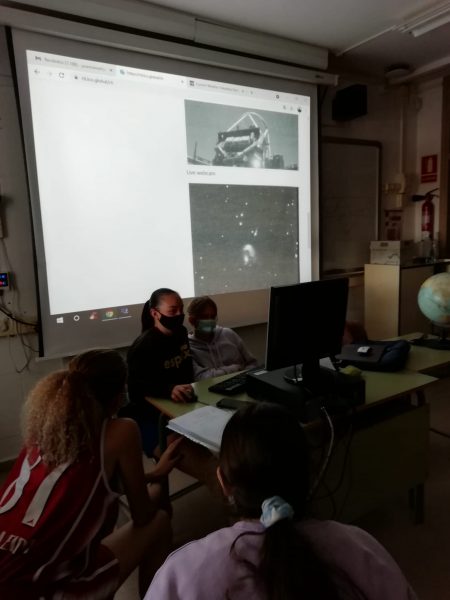
Iona and Paula working during the RTI session
“From my point of view, it has been a unique and incredible experience full of learning. I really enjoyed being able to work with this telescope. I learnt new things such as putting colour on the images and depending on the obtained colour, deducing the properties of the object. The most exciting project I could be a part of.” said Elsa Rojo, a 16-year student from INS Alcarràs.
In the first stage, the students learned how a telescope works. Thy even crafted some colour filters to better understand how the MUSCAT system of the 2m telescope from Haleakala works. Then they took it one step further and studied the basics behind a charged-coupled device.
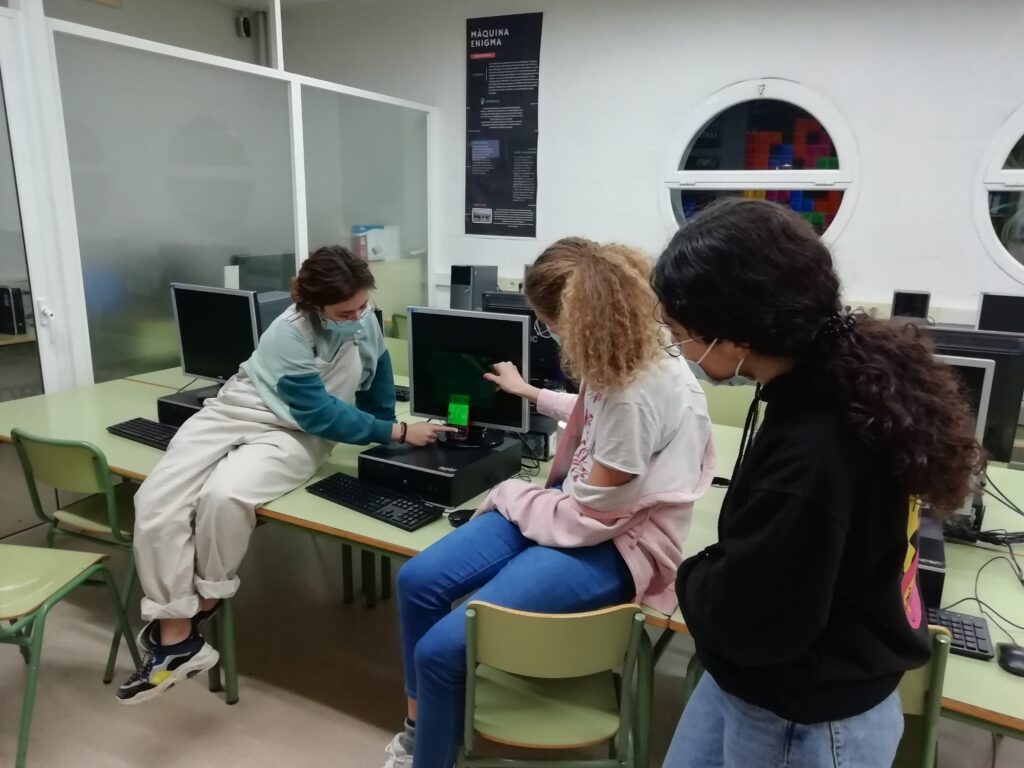
Amèlia, Meritxell and Elsa working with their mobile phone and “special” filters
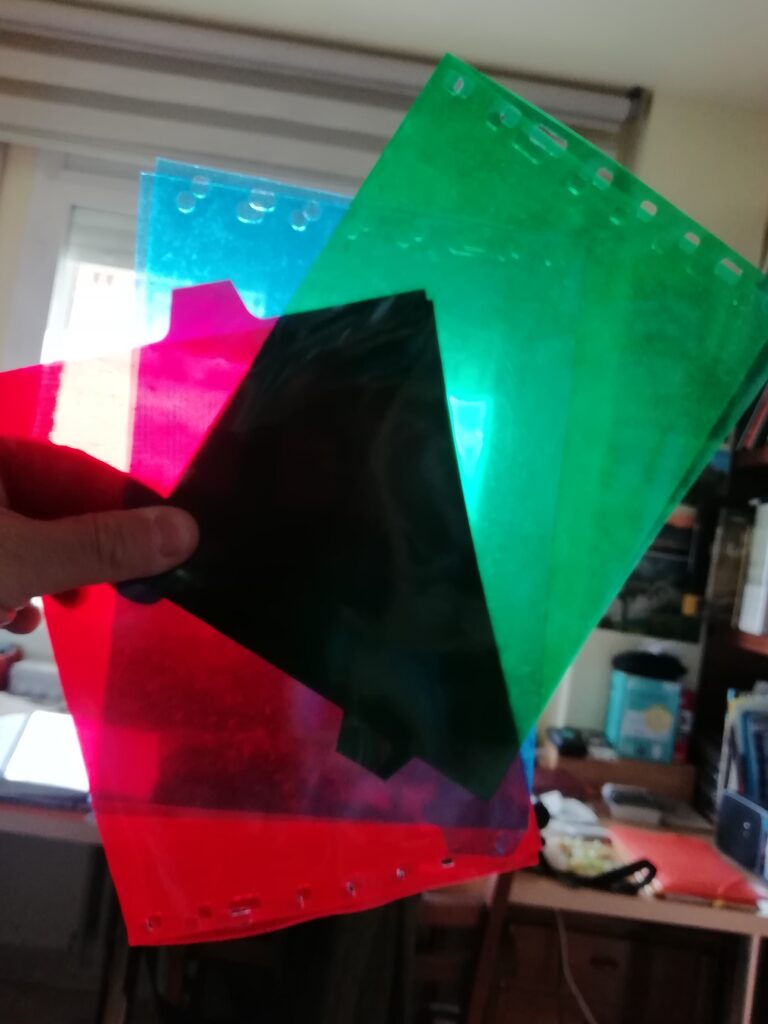
“The filters” they created to grasp a better understanding of the MUSCAT system
The 9 students from Catalonia used the RTI interface which requires plenty of preparation in order for everything to run smoothly. Making use of Stellarium to simulate what the night sky would look like at the time of their observation; they have successfully planned a few real-time observations.
As a result of their hard work, the students were able to obtain amazing images which have been processed in dedicated software such as SaoImageDS9, SalsaJ, Gimp and DSS. Here you can see some of them.
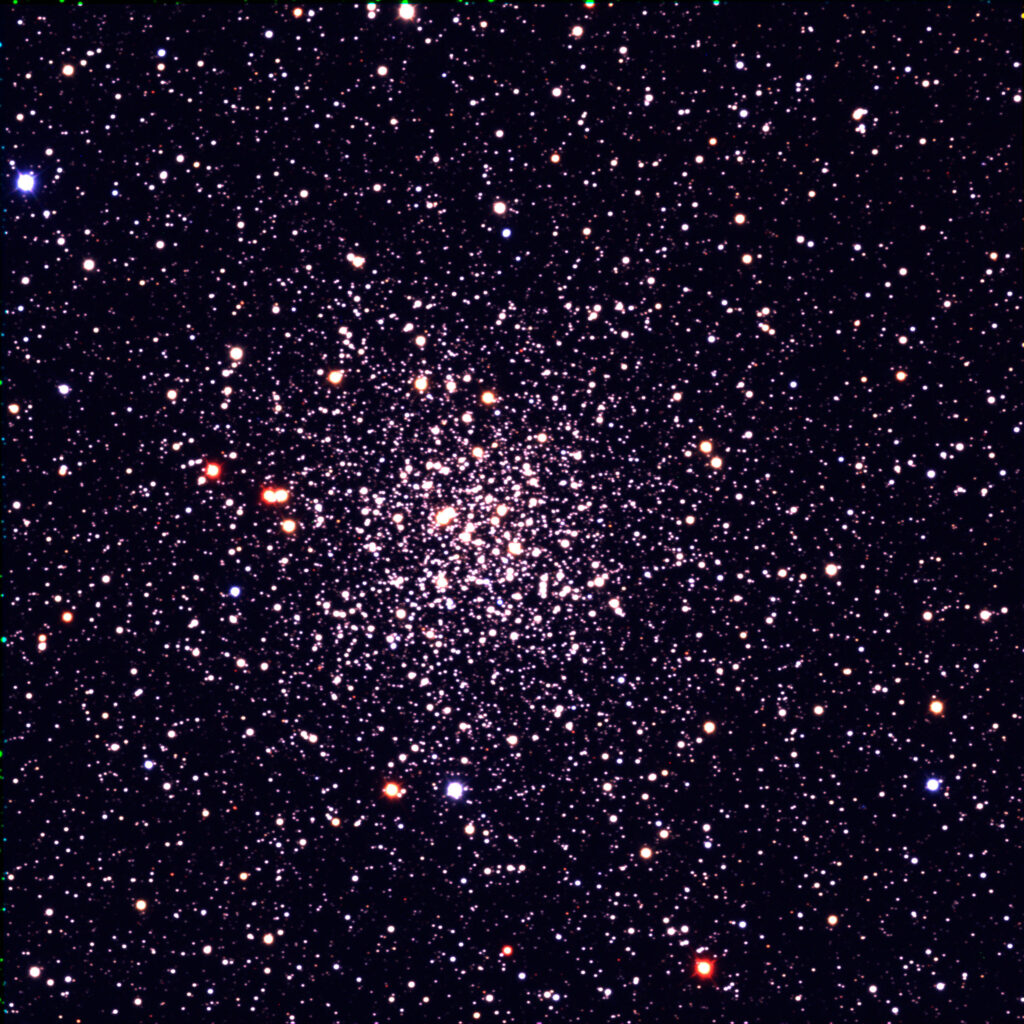
Globular cluster M71
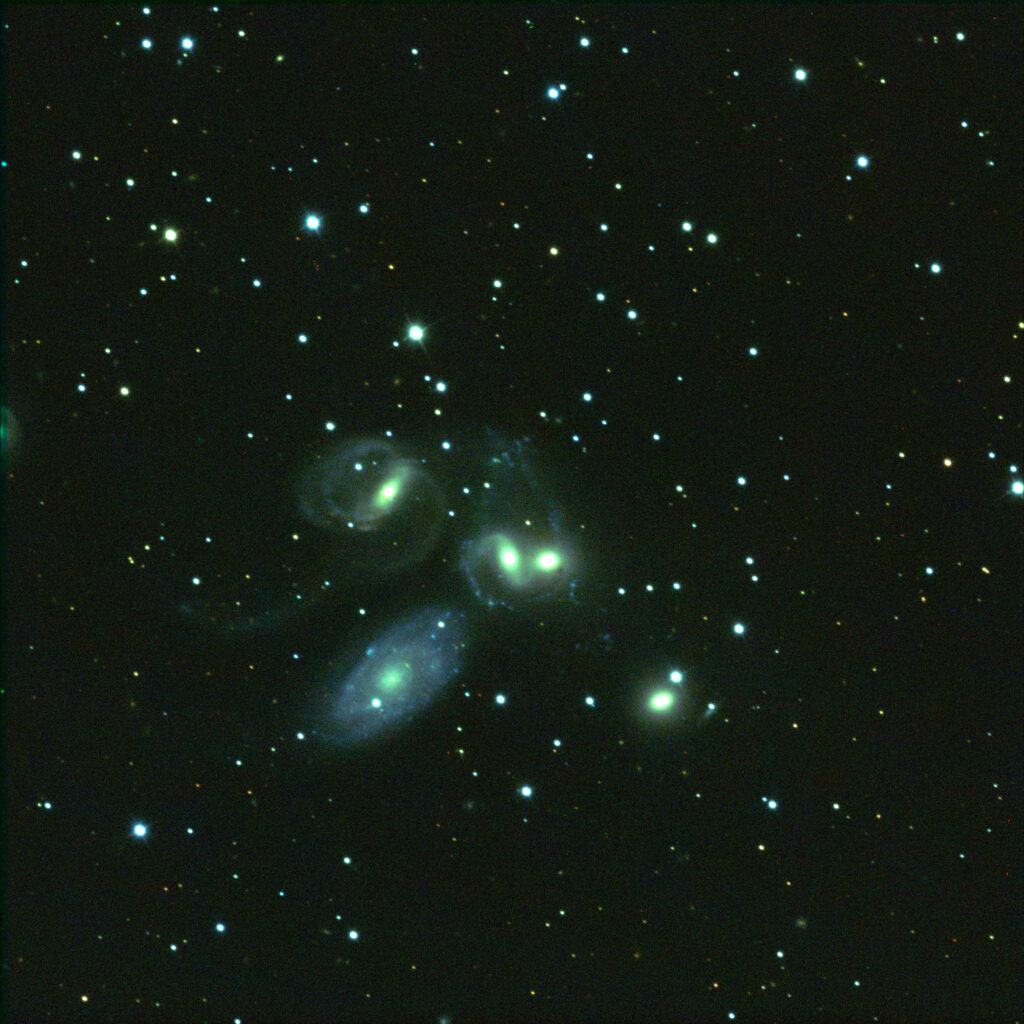
Stephan’s Quintet
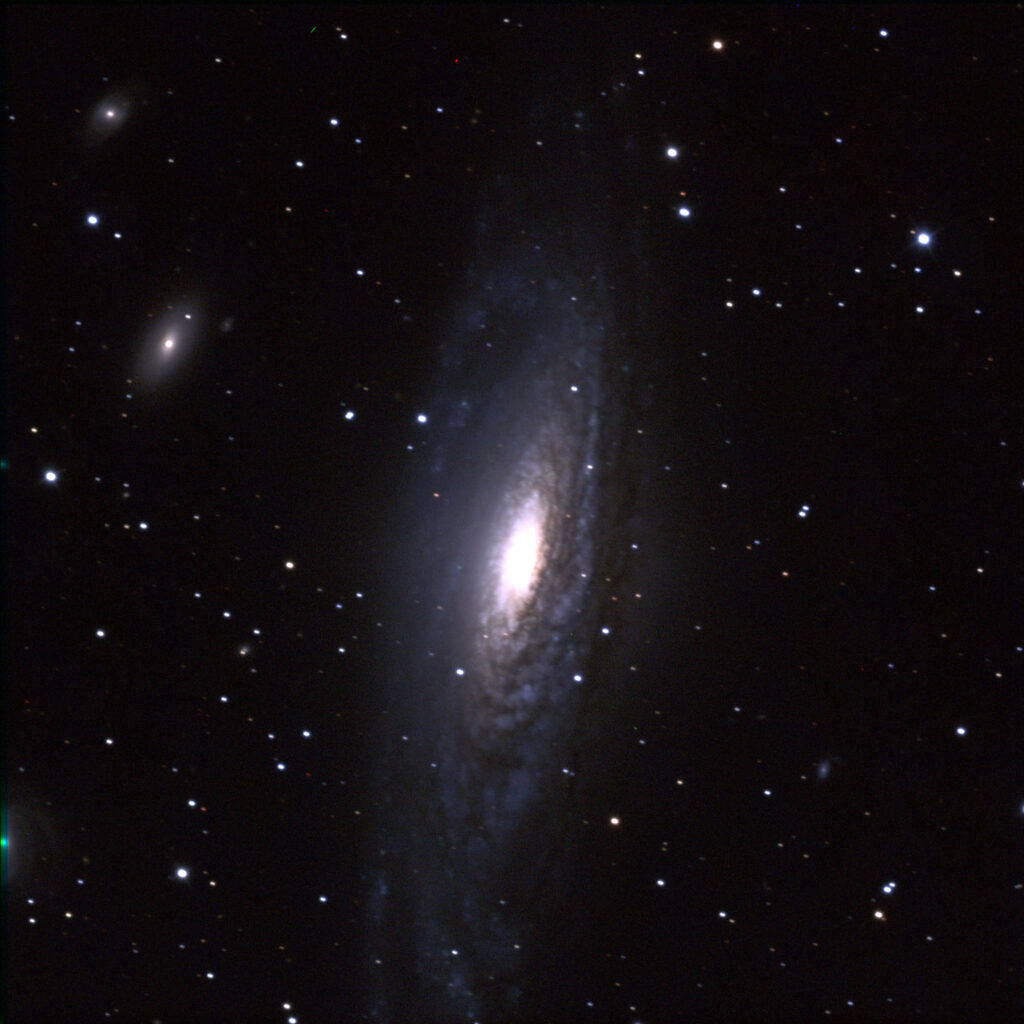
NGC 7331
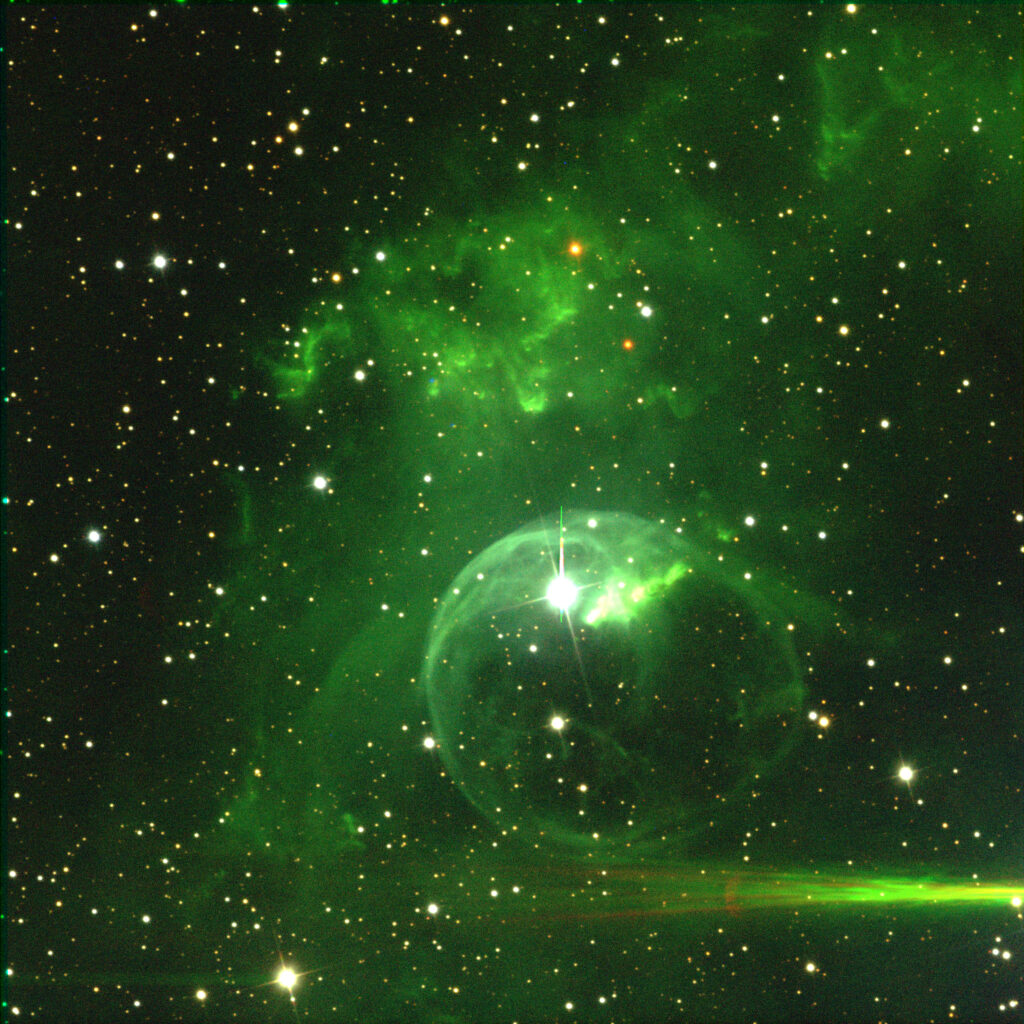
Bubble Nebula (NGC 7635)
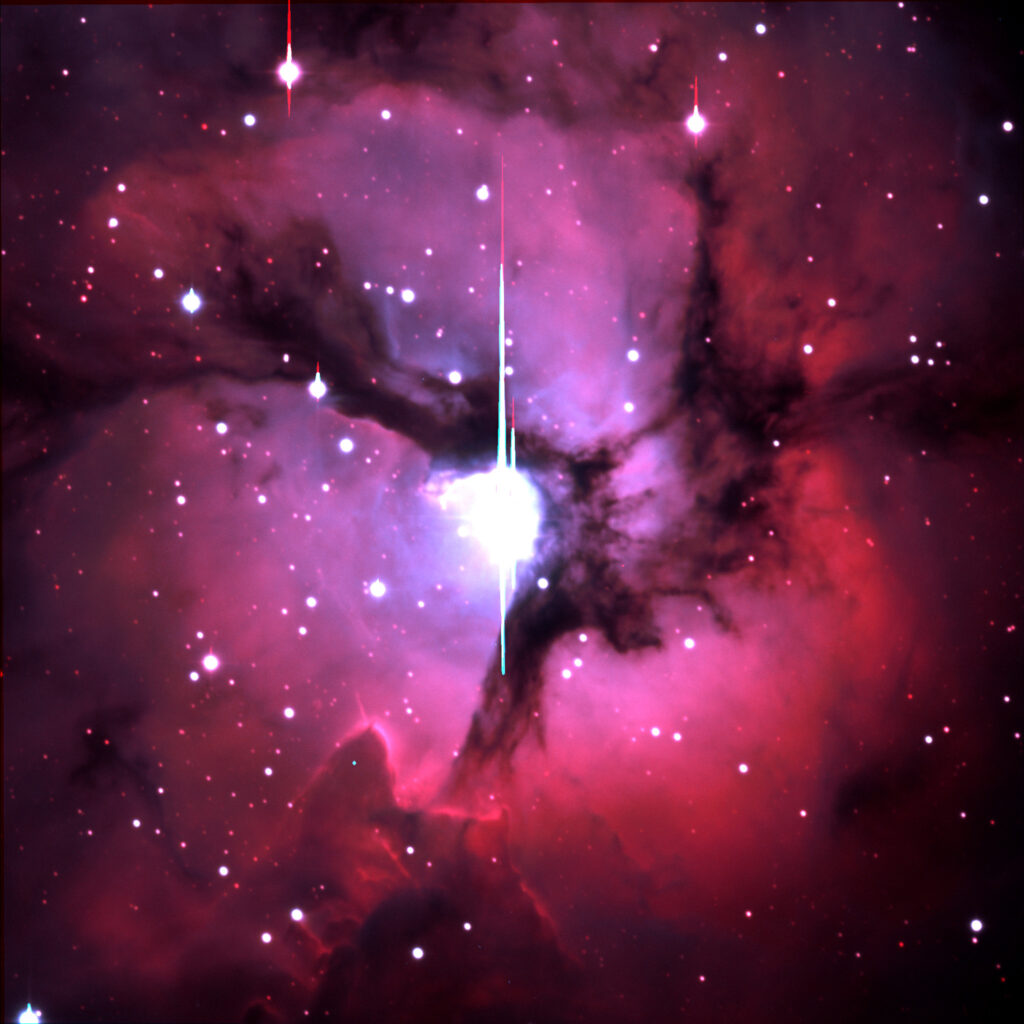
Triffid Nebula (M20)
The experience of working with the telescopes has positively influenced the group of students and sparked their interest for astronomy and science.
Amelia Subias, 16, said “It’s been a lovely year full of positive news. I hope that we will continue to work on this type of project from now on. Thanks for this opportunity”. Meritxell Pubill, 14, told us “Throughout the 2021-2022 academic year, I really enjoyed being part of this project. It has been an incredible experience to get to know and learn more about astronomy. Thank you for the opportunity!”
It always makes our day whenever we have such a successful collaboration. We are looking forward to hearing more news from Alcarràs!
Posted in News
